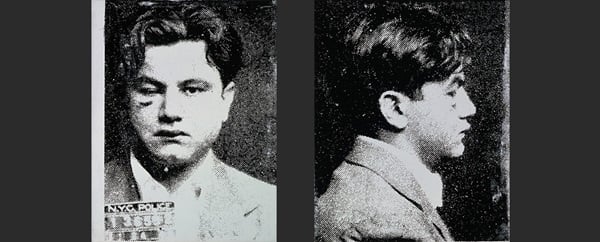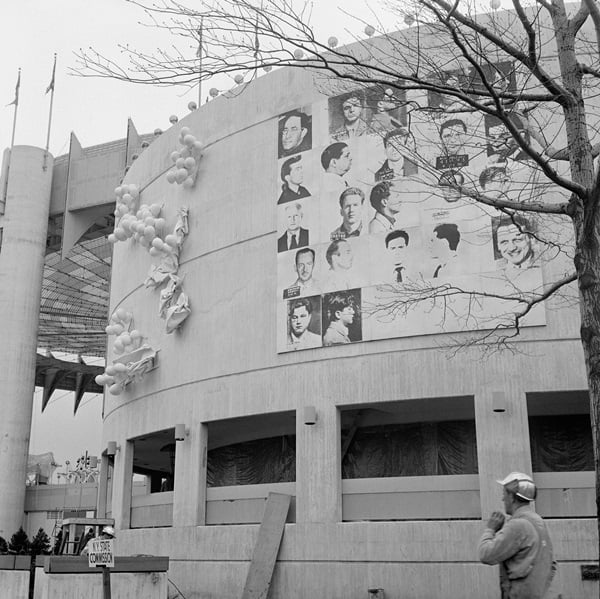Art & Exhibitions
Warhol’s “Most Wanted” Rekindles Long-Lost Family Connection


The New York Times has a fantastic story about a son who recognized his estranged father’s mug shot that was used in Andy Warhol’s once-controversial public exhibition at the 1964 World’s Fair 13 Most Wanted Men. Having been commissioned by Philip Johnson to make a work for the fair, along with other Pop artists Robert Indiana, Robert Rauschenberg, and James Rosenquist, Warhol decided to give his work a dash of New York flair and made screen prints of 13 pictures in the NYPD’s 1962 brochure of the most wanted men.
To commemorate the 50th anniversary of the World’s Fair, the Queens Museum of Art and the Warhol Museum in Pittsburgh together organized a show titled “13 Most Wanted Men: Andy Warhol and the 1964 World’s Fair” on through September 7. One of the portraits featured in the show is that of Thomas Francis (Duke) Connelly, who was wanted for robbing a Chase Manhattan bank in Woodside, Queens in 1955. After Connelly got away with more than $300,000, he and his wife, Ann went on the run with their two children, but eventually abandoned the kids. The couple was never found.
In April, around the time the Queens Museum show opened, Connelly’s son Joseph (whose last name is now Lawler) recognized his father’s portrait as he was reading a review. Though he knew about his father’s criminal past, he was shocked to find that his mug shot had been used as inspiration for Warhol’s work. Lawler told the Times: “I still can’t believe that my father, the bank robber, is associated with Andy Warhol. That completely blows my mind.”

Andy Warhol,
Thirteen Most Wanted Men , silkscreen on canvas,
Installed on the exterior of the New York State Pavilion.
© 2014 The Andy
Warhol Foundation for the Visual Arts, Inc. / Artists Rights Society (ARS),
New York
At the 1964 fair, Warhol’s large mural of 13 Most Wanted Men was almost immediately covered over with silver paint on the orders of New York governor Nelson A. Rockefeller, who thought the work was too controversial for the fair. In his signature deadpan manner, Warhol took the news in stride, saying he liked the silver paint, “Because silver is so nothing. It makes everything disappear,” according to the Times.
Warhol was not the only artist whose work caused problems. Robert Indiana was reportedly dismayed when his flashing “Eat/Die” sign—a poignant reference to the roadsigns of his youth and his mother’s final words to him as she lay on her deathbead and asked whether he had enough to eat—was switched off after hungry crowds at the fair lined up in to get food.